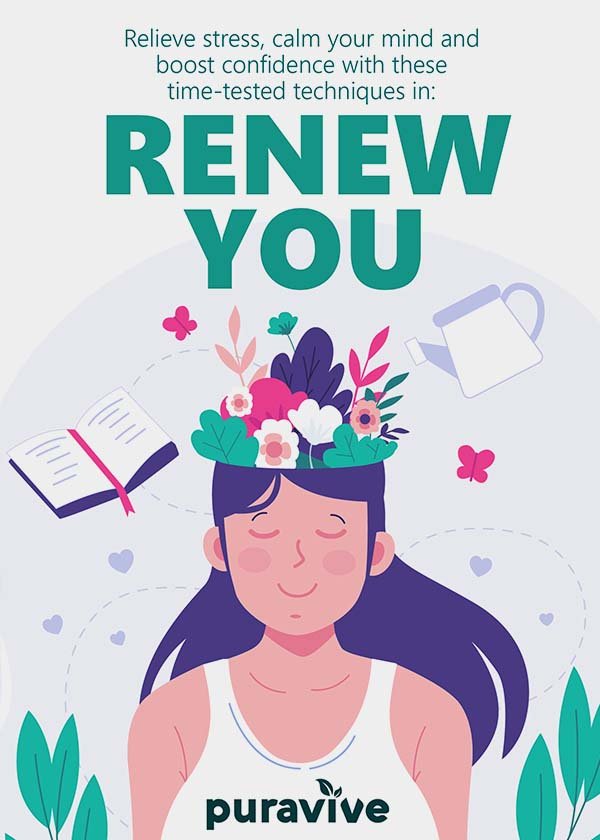Rewrite the
I’m standing in front of my bathroom mirror, snapping a selfie—not for Instagram, but for artificial intelligence (AI). I’ve decided to hand my skin-care journey over to four major AI-powered tools to see what they would tell me about my face, my concerns, and (hopefully), give me some insight on the best products to use. From apps that promise personalized regimens based on one photo, to quizzes backed by dermatologists, these platforms are quickly becoming the skin-care world’s latest obsession.
But here’s what’s been bugging me: As a Black beauty writer with melanin-rich skin, I often wonder if these algorithms really get me. My skin concerns, which include post-inflammatory hyperpigmentation (PIH), uneven texture and keloid-prone scarring, aren’t just aesthetic. They’re tied to identity, culture and biology. So I gave the popular AI skin-care platforms a try, and then checked in with two trusted dermatologists to separate the useful from the…not so much. Here’s what I learned.
Each AI tool began the same way—asking me to take a selfie in natural lighting—but delivered different results. La Roche-Posay’s MyRoutine AI stood out by recognizing dark spots as my primary concern and offering a full routine tailored to pigmentation, making me feel somewhat seen. Vichy’s SkinConsult AI also flagged pigmentation and mapped out my face in detail, though the product suggestions felt more generic than personalized. L’Oréal’s SkinGenius focused on radiance, highlighting hydration and texture, but skipped over pigmentation and PIH entirely. Elemis’s Virtual Skin Analysis took a more lifestyle-driven approach, offering user-friendly recommendations based on broad concerns, but it lacked clinical depth and completely ignored melanin-specific issues. Across the board, while these tools identified surface-level concerns like radiance or lack of firmness, most failed to address the deeper needs of melanin-rich skin, especially hyperpigmentation and scarring.
To make sense of these mixed results, I turned to Birmingham, AL dermatologist Corey L. Hartman, MD and New York dermatologist Michelle Henry, MD. Both doctors understand the power—and the limitations—of AI in dermatology.
“AI tools like these can be surprisingly insightful when they’re trained well, says Dr. Henry. “But they still lack nuance. Think of them as triage, not diagnosis.” That explains why so many tools flagged dryness or sensitivity, but didn’t even register my pigmentation concerns. “Most datasets are still skewed toward lighter skin tones,” Dr. Henry adds. “That means conditions like PIH or keloids often go under-recognized.
Dr. Hartman agrees. “There’s potential for AI to analyze skin changes quickly and assist in diagnosis, but it’s not there yet for melanin-rich skin,” he says. “These tools can’t replace a visual and physical exam by a board-certified dermatologist.
Both experts are also cautious about quiz-based personalization. Dr. Hartman considers this approach a decent starting point, but suggests that quizzes often fall short when it comes to follow-up questions and depth. Dr. Henry adds that AI tools can be helpful for beginners, but they’re not nearly comprehensive enough for those with more specific concerns or complex skin conditions.
When assessing the four tools I tried, a few things became clear. AI is great at catching broad concerns, like dry patches, enlarged pores and fine lines. These platforms can also help newcomers build a routine when they’re feeling overwhelmed at the drugstore. But, here’s what they missed: the lived-in texture of my skin, my scarring from cystic breakouts, and my pigmentation that appears in clusters—not patches. None of the tools asked if I’d ever had a keloid, if I use certain skin-care ingredients seasonally due to weather, or if I partake in cultural grooming practices.
So how can AI actually support better skin care? Both experts say it begins with inclusive data. Dr. Hartman emphasizes that AI must be trained on skin types and tones—including textured and acne-prone skin—in order to be truly effective. Dr. Henry adds that transparency is just as important, noting that users deserve to know who’s behind the technology and how it’s being developed.
They also believe that dermatologists of color and culturally competent developers must be at the table, shaping the tools from the ground up. That’s the only way to move beyond generalized advice and toward real personalization.
Would I use AI to check in on my skin-care concerns? Sure, as a starting point. These tools are fun, fast and useful for tracking surface-level changes or jump-starting a routine. But, they’re no replacement for real dermatological care, especially if you have melanin-rich skin, specific skin-care practices or long-standing concerns.
AI promises personalization, but right now, its capabilities are limited. If your results don’t reflect you, trust your instincts. You’re not invisible— your skin is valid. The tech just needs to catch up. Until then, I’ll keep snapping selfies and applying my serums with care, while turning to the experts who see all of me, not just a pixelated version.
in HTML format to be seo optimized related to this title I Let AI Diagnose My Skin—Here’s What It Got Right and Where It Fell Short
. Create appropriate headings and subheadings to organize the content. Ensure the rewritten content is approximately 1000 words. Ensure to strip all images from final output i dont need images.At the end of the content, include a “Conclusion” section and a well-formatted “FAQs” section.Ensure there are no additional notes and introductory text in the final output.Final output is gonna publish directly as post content so keep in mind provide only rewritten post content without any introductory text or notes in result and kindly dont explain what you done or what you provided as output of this prompt
Recommended Products:
-

bixa BOTANICAL Ayurvedic Natural Herbal Supplement Pippali Mool Powder Pure Authentic Premium Quality Pippali Root/Piper longum Root 200g (7 Oz) Pack of 1
$18.99 Buy Now -
![Metagenics – Candibactin-BR – 90 Tablets [Health and Beauty] Metagenics – Candibactin-BR – 90 Tablets [Health and Beauty]](https://m.media-amazon.com/images/I/71P1H8c-PsL._AC_SL1500_.jpg)
Metagenics – Candibactin-BR – 90 Tablets [Health and Beauty]
$72.95 Buy Now -

Collagen Beauty 30 Shots I 10,000 mg Hydrolyzed Marine Collagen (Type I & III) I Healthy Skin, Hair & Nails I Higher Absorption – 30 Day Supply
$69.95 Buy Now



